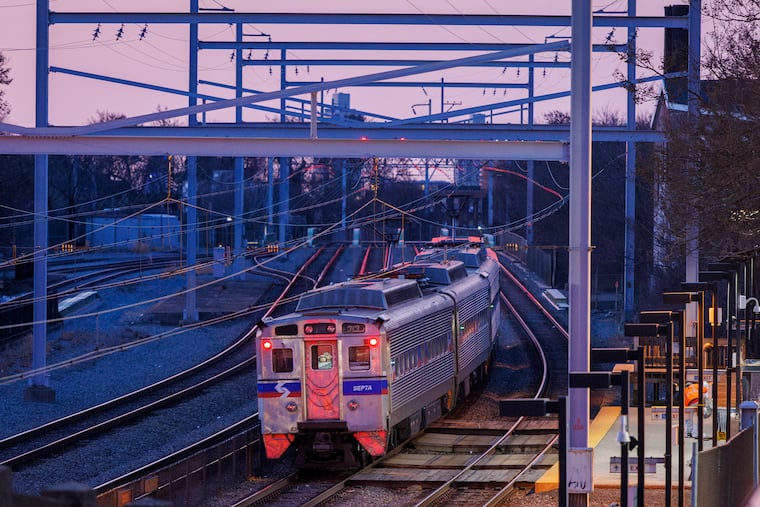Public Transit Plays Crucial Role in Supporting Accessibility and Community Mobility
In recent discussions surrounding public transportation, the significance of robust transit systems has come into sharp focus, particularly in light of economic challenges and urban development. Many individuals have shared their experiences regarding public transit, underscoring its vital role in daily life and overall mobility. The case of former aspirations to pursue a career in law juxtaposed with the realities of public transportation illustrates a broader narrative that resonates across various demographics.
The recent financial crisis served as a crucial turning point for many, underscoring the importance of reliable public transit. For individuals whose families faced economic hardship, access to public transportation often became a lifeline. With the loss of financial support, many found themselves transitioning from academic pursuits to entering the workforce directly. This shift often meant navigating unfamiliar job markets amid scarce opportunities, illustrating the challenges that arise as urban centers grapple with an increasing demand for public services.
For residents in Philadelphia and its surrounding locales, the disparities between commercial centers and residential neighborhoods often exacerbate these challenges, as job availability frequently does not align with population density. Typically, commercial areas like Center City house a significant number of businesses in comparison to residential regions, where the ratio of businesses to residents is markedly lower. This mismatch necessitates commuting for employment, further entrenching the need for efficient public transit systems.
The contrast between the frequency of bus services in various areas is stark. For instance, while local buses may arrive every 20 minutes, others, particularly those servicing the outskirts, may come only hourly. This disparity significantly impacts the daily lives of workers who rely on public transportation to meet their professional commitments. The increased wait times can hinder educational pursuits and often compel individuals to reconsider job offers, particularly when part-time positions become infeasible due to transit limitations.
The experience of transitioning from public transit to personal vehicle ownership underscores the complexities surrounding individual commuting choices. Initial enthusiasm often wanes as financial burdens associated with car maintenance become apparent. Rising expenses such as gas, insurance, and unforeseen repairs can hinder the sense of freedom that vehicle ownership promises.
Ultimately, access to reliable public transportation is crucial not just for current residents, but for future generations as well. As families establish roots in urban neighborhoods with hopes of sustained public transit access, proposed state budget cuts that threaten existing services could have ripple effects that reshape community dynamics. Reduced transit options risk isolating neighborhoods and hindering economic mobility, further exacerbating socioeconomic inequities.
As discussions continue in Harrisburg regarding budget allocations for public transit, the implications of those decisions weigh heavily on communities that depend on these vital services. Advocating for the preservation and enhancement of public transit not only supports economic stability but also ensures that all residents retain essential means of access and mobility in their daily lives. Ensuring that public transportation remains a viable option is thus pivotal in fostering equitable development in Pennsylvania and beyond.







